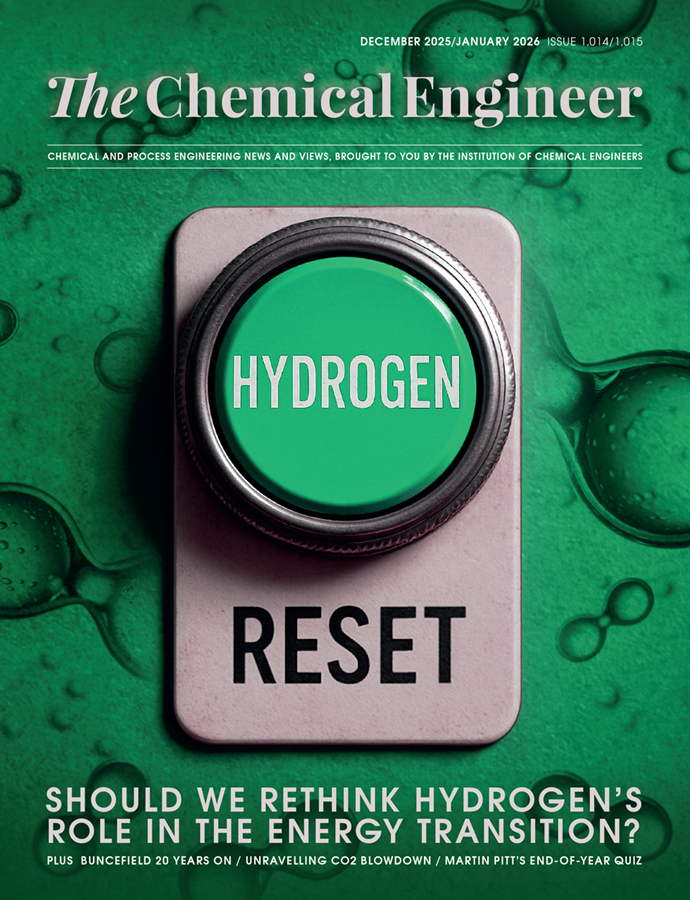UK government commits £200m for Acorn CCS cluster in Scotland

THE ACORN carbon capture and storage (CCS) cluster across Scotland will receive £200m (US$271m) of state funding, the UK government confirmed yesterday following this week’s spending review.
The government is investing the money “to prepare the Acorn project for delivery”, subject to business case approval.
Chancellor Rachel Reeves had already confirmed treasury plans to invest an unspecified amount of “development funding” to both the Acorn CCS cluster and the Viking CCS cluster in Humberside as part of a wider £9.4bn package of investment into the technology in Wednesday’s spending review. The government confirmed yesterday it had committed the full amount requested by Acorn leaders, while the amount allocated to Viking is yet to be confirmed.
The government plans to make a “final investment decision” on Acorn and Viking in the next three to four years.
Acorn proposes to combine new carbon capture technology with existing gas infrastructure, connecting Scotland’s industrial central belt with the country’s northeast, traditionally dominated by offshore oil and gas. Once CO2 emissions are captured from industries in the central belt, they will be transported through around 280 km of repurposed natural gas pipelines to the St Fergus gas terminal in Aberdeenshire. The CO2 will then be transported offshore via the Goldeneye pipeline to the Acorn and East Mey storage sites in depleted North Sea oil fields.
Once operational, Acorn and Viking are expected to remove a combined 10m t/y of CO2 by 2030. The projects form the second phase of the UK government’s carbon capture plans. Last year it committed to invest £22bn in the first phase, building clusters in Teesside and Merseyside.
Acorn is led by CCS developer Storegga which is backed financially by Japanese conglomerate Mitsui, Italian state-owned gas company Snam, the Abu Dhabi National Oil Company (ADNOC) and a number of private investment funds. The project also received very early development funding from the EU’s Connecting Europe Facility programme in 2020. The other Acorn partners are oil and gas companies Shell, Harbour Energy, and North Sea Midstream Partners.
Storegga CEO Tim Stedman said: “This milestone is key not only for Acorn but for establishing Scotland’s essential CCS infrastructure needed to grow and scale the UK’s wider carbon capture and storage industry.
“We look forward to working with government in the months ahead to understand the details of today’s commitment, and to ensure the policy, regulatory and funding frameworks are in place to build and grow a world-leading UK CCS sector.”
‘Just transition’
Acorn estimates that the project will safeguard around 18,000 jobs in the North Sea that would otherwise have been lost, including jobs at Grangemouth refinery, which is due to close at the end of this month. However, there will still be a years-long gap between the disappearance of existing jobs and the creation of new ones, leading some trade union leaders to criticise the timeline of Scotland’s transition.
While Project Willow, the regeneration programme to transition Grangemouth towards greener industry, has not been finalised, a report from March this year aroused expectations that plastics recycling and bio-feedstock production will be a focus of the site – two highly intensive industries which will benefit from Acorn’s capacity to capture their emissions.
Sue Ferns, senior deputy general secretary of the Prospect trade union, said the latest funding for Acorn was “welcome”. She added: “New investment is vital to support jobs and the development of new technology in Scotland, the Humber and other industrial heartlands.
“If these projects are successful they can not only help us to hit our emissions targets but will also play an important role in a just transition in the North Sea.”
Recent Editions
Catch up on the latest news, views and jobs from The Chemical Engineer. Below are the four latest issues. View a wider selection of the archive from within the Magazine section of this site.




